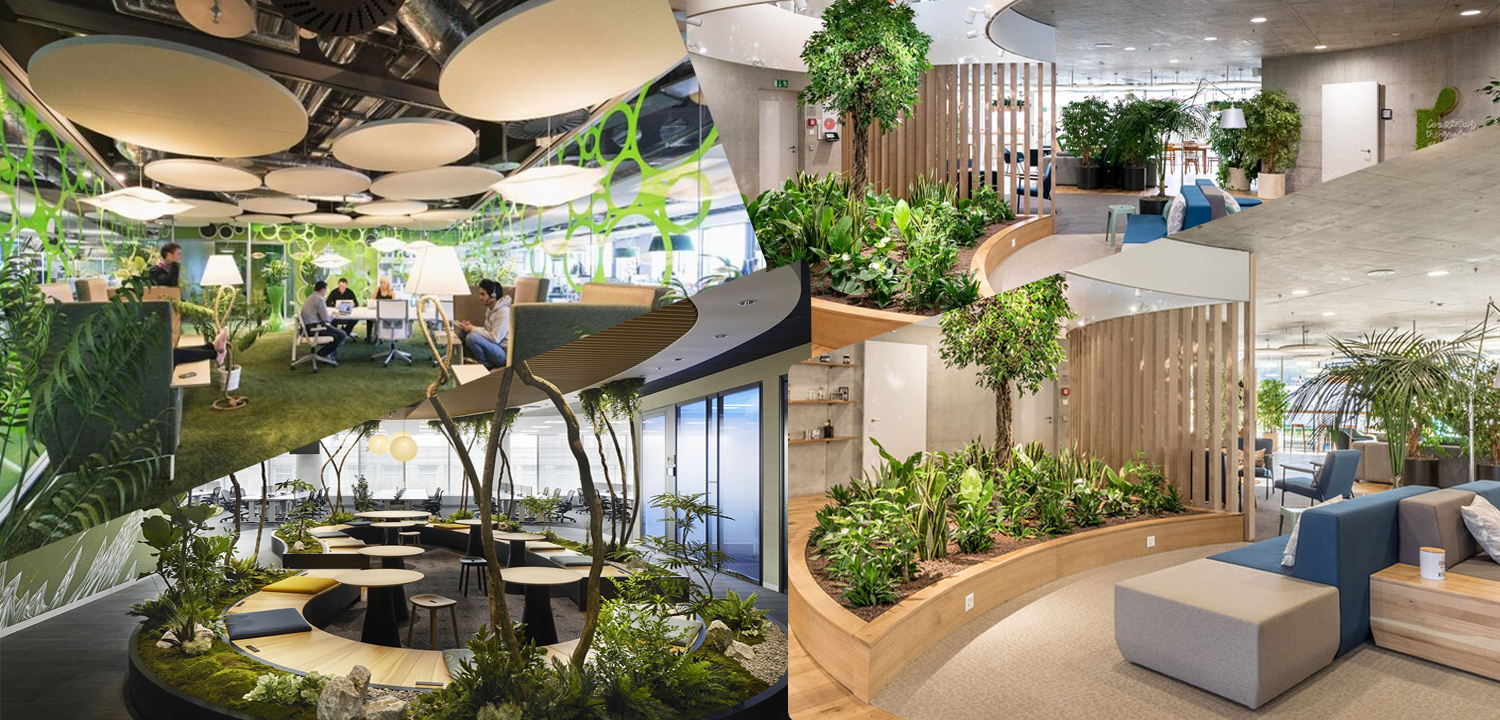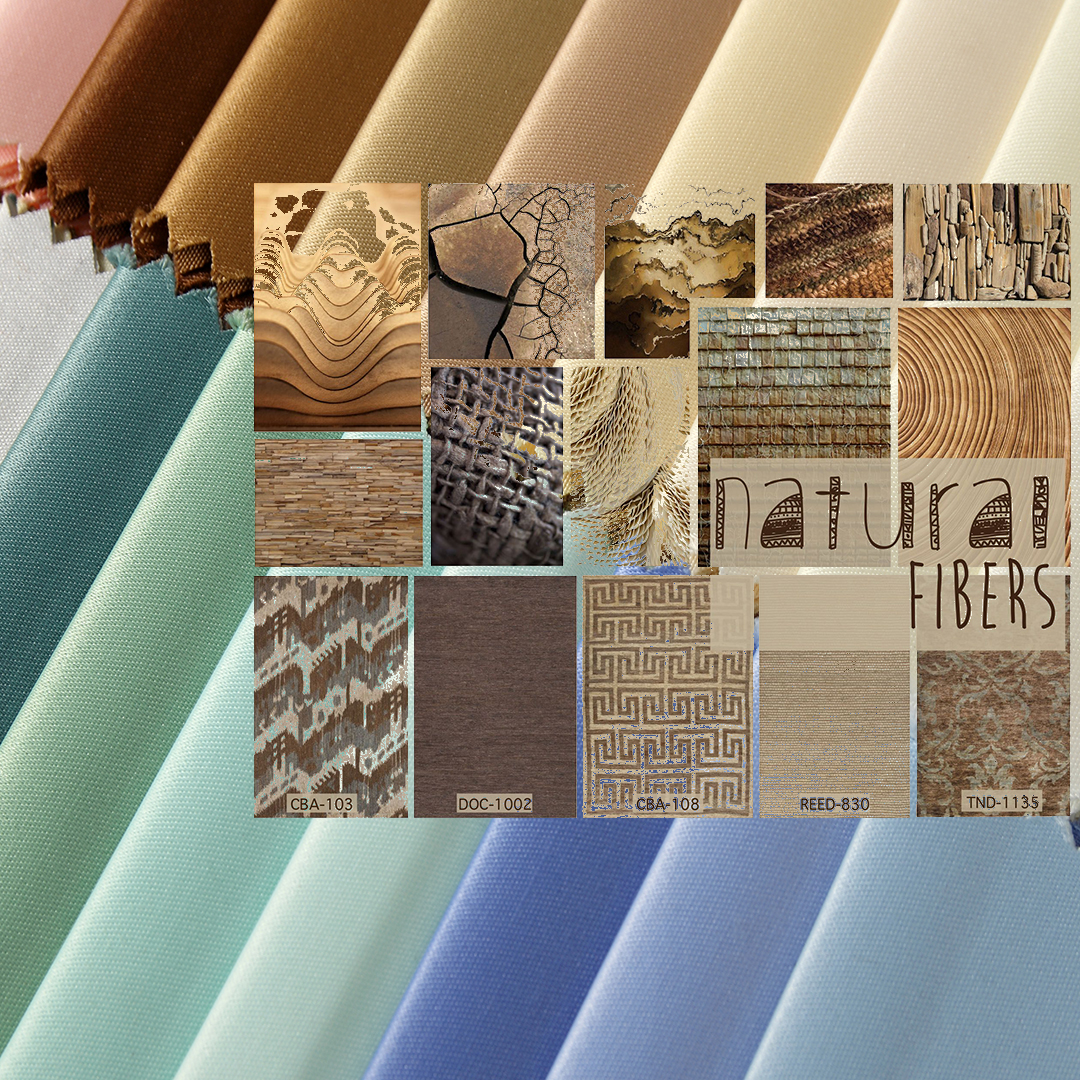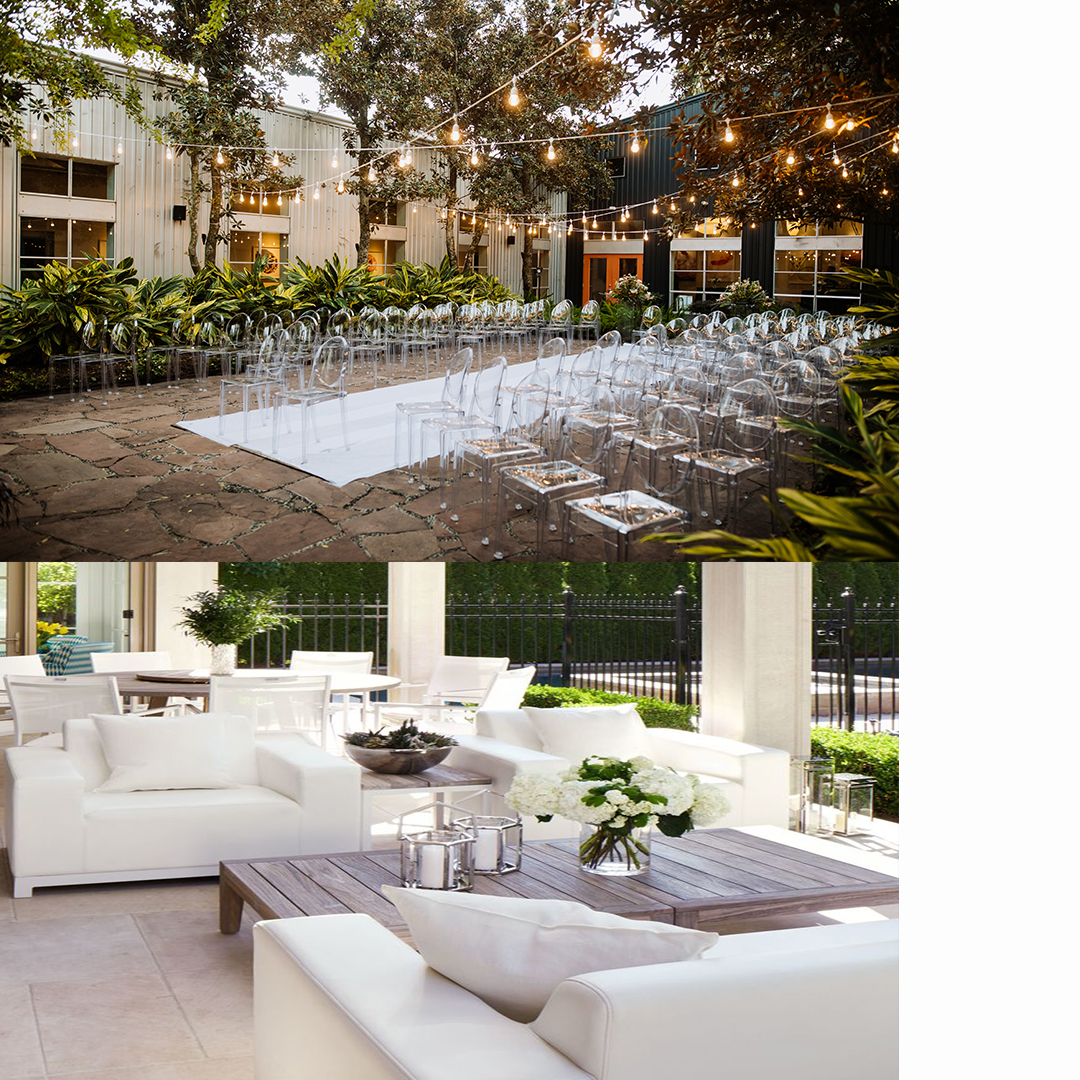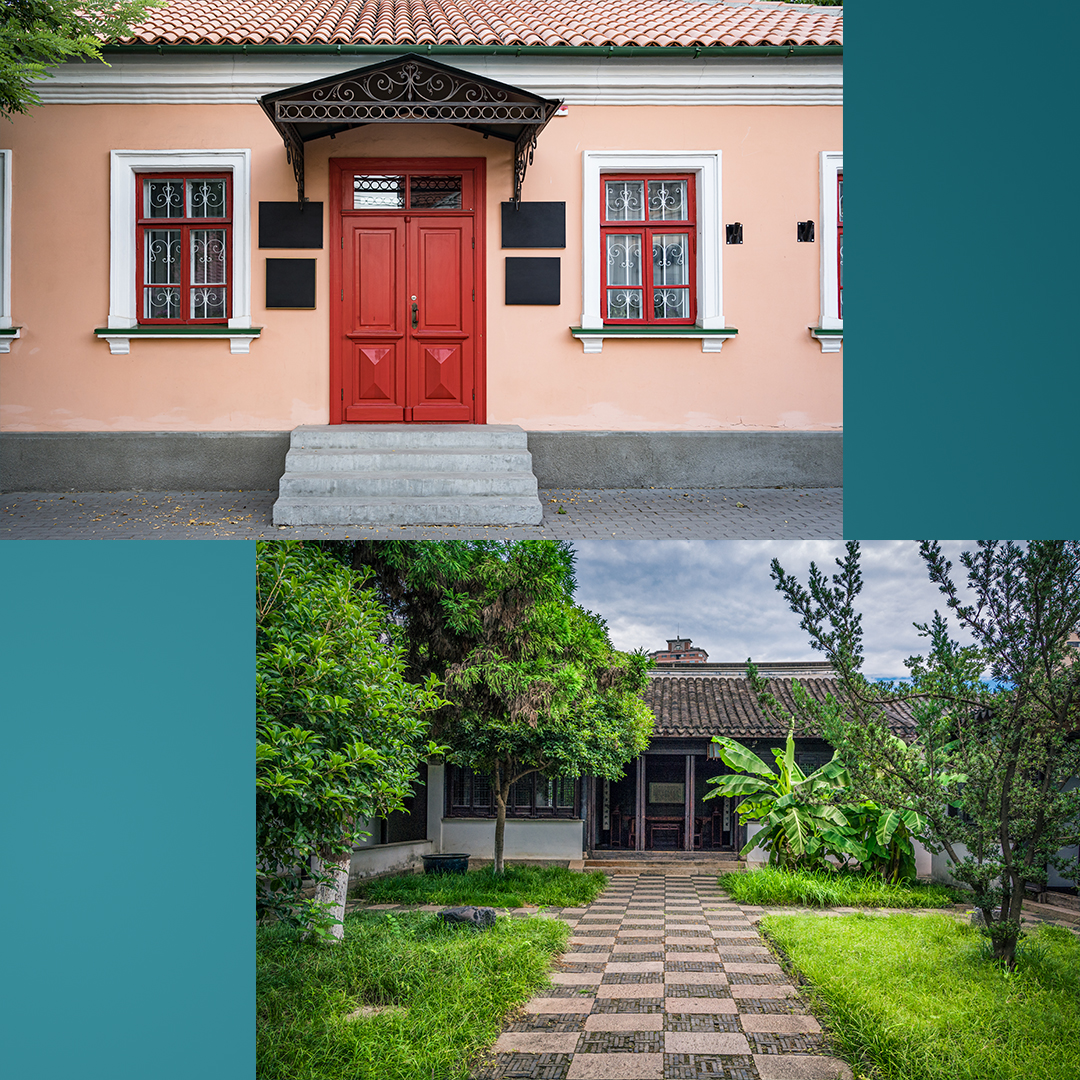
Login
X
- Home
- About Us
- Courses
- Graduation
- Diploma Certificate
- Professional Diploma
- Special sessions / Aptitude boost up
- News & Events
- Student zone
- Placement
- Gallery
- FAQ
- Contact Us
The future of interior designing will undergo a significant change in the coming years. There is a strong likelihood that the industry will undergo a significant change due to advancements in every field and the rediscovery of traditional styles. It is becoming quite evident that the future of interior designing is taking an interesting turn, with functionality, aesthetics, and hygiene all equally significant. So here are trends that we think will dominate the future of interior designing in the coming years.

A trend in interior design and architecture that draws inspiration from nature is known as biophilic design. Biophilic Design helps us reconnect with nature through natural lighting, plenty of ventilation, earthy tones, and natural materials. It can significantly improve the health and well-being of people.

An environment with a good connection to nature can be relaxing. A growing number of interior designers are using natural fibres as furnishings and accessories since they are both beautiful and affordable. Natural fibre furniture is appropriate for both indoor and outdoor use.

With less connectivity to our best-loved hangout spots, there has been a greater emphasis on comfy, homey, soothing, and multifunctional seating areas. People will experiment with open seating spaces as they attempt to recreate their interactions within the four walls of their homes.

Working from home has gone from being an option to a mandatory norm, and will likely remain so for quite some time to come. Increasingly, working from home makes versatility at home more crucial. There is less formality in working areas in this context and they can coexist with living spaces.

Classical art, antiques, and historical pieces are incorporated into this style, which is inspired by the 18th and 19th centuries. Classic traditionalism is characterized by a perfectly complementary decor scheme, which creates harmony and order in any living space.

With the advent of smart home technology, owners will soon be able to capture information about their patterns and habits. It is possible to adjust air conditioning temperatures, open and close curtains, turn on and off kitchen appliances, and play music from a distance.
Phone: 0495 272 2242